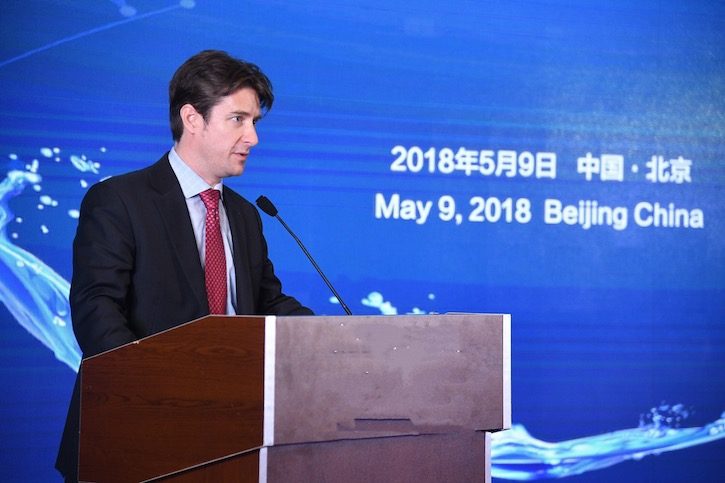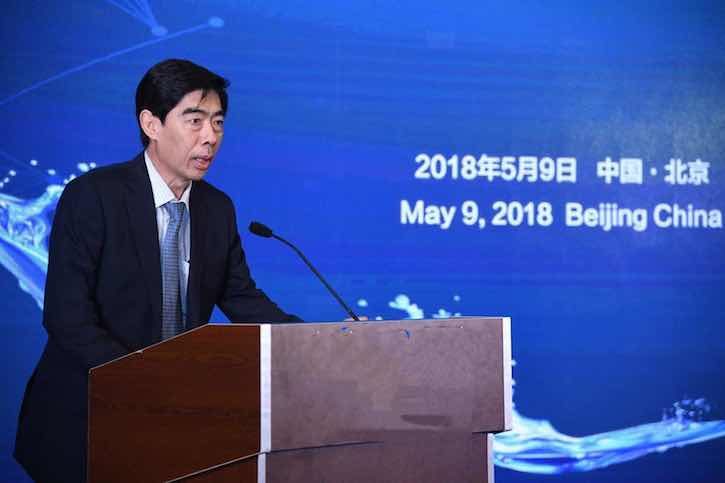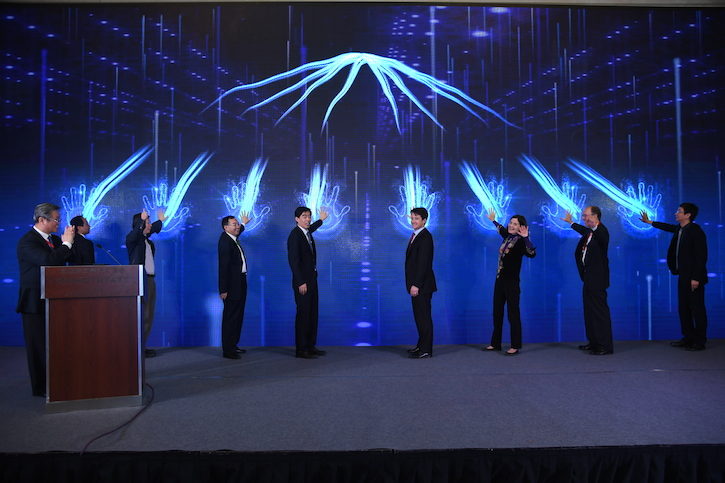
The Paulson Institute and the Department of Resources Conservation and Environmental Protection of China’s National Development and Reform Commission (NDRC) launched a new project to advance sustainable economic development in the Yangtze River Basin by drawing on international experiences in environmental protection and controlling water pollution, solid waste, sewage, and agriculture runoff.
The Yangtze River, the longest river in Asia and known as the “River of Life”, is a critical source of drinking water, habitat for wildlife, and a major economic driver for the country. With a population of more than 400 million people, the basin contributes over 40 percent of China’s GDP. But pollution, water scarcity, and shrinking wetlands puts future economic growth at risk.
The workshop, Leveraging International Experience for Pollution Prevention in the Yangtze River Basin, brought together more than 80 attendees from research institutions, universities, associations, businesses, and international organizations to discuss local practices and market-oriented solutions for strengthening both the economic and ecological environment in the region.

Ren Shuben, Director General, Department of Resources Conservation and Environmental Protection, NDRC, emphasized the significance of the project, noting that “green growth” was key to protecting the Yangtze River Basin’s ecology. Ren explained that the project should enhance research and communication, assess baseline data, identify problems, and take targeted measures to promote innovation in environmental protection mechanisms, policies, and measures in the Yangtze River Basin.
Dietmar Grimm, President of the Paulson Institute, noted similarities between the Yangtze River Basin and the Mississippi and Colorado Rivers in the United States. He explained how these rivers can offer lessons from the United States on how to support economic growth while protecting important environmental values. He emphasized how technology and policy innovation are critical to advancing sustainable economic growth.




